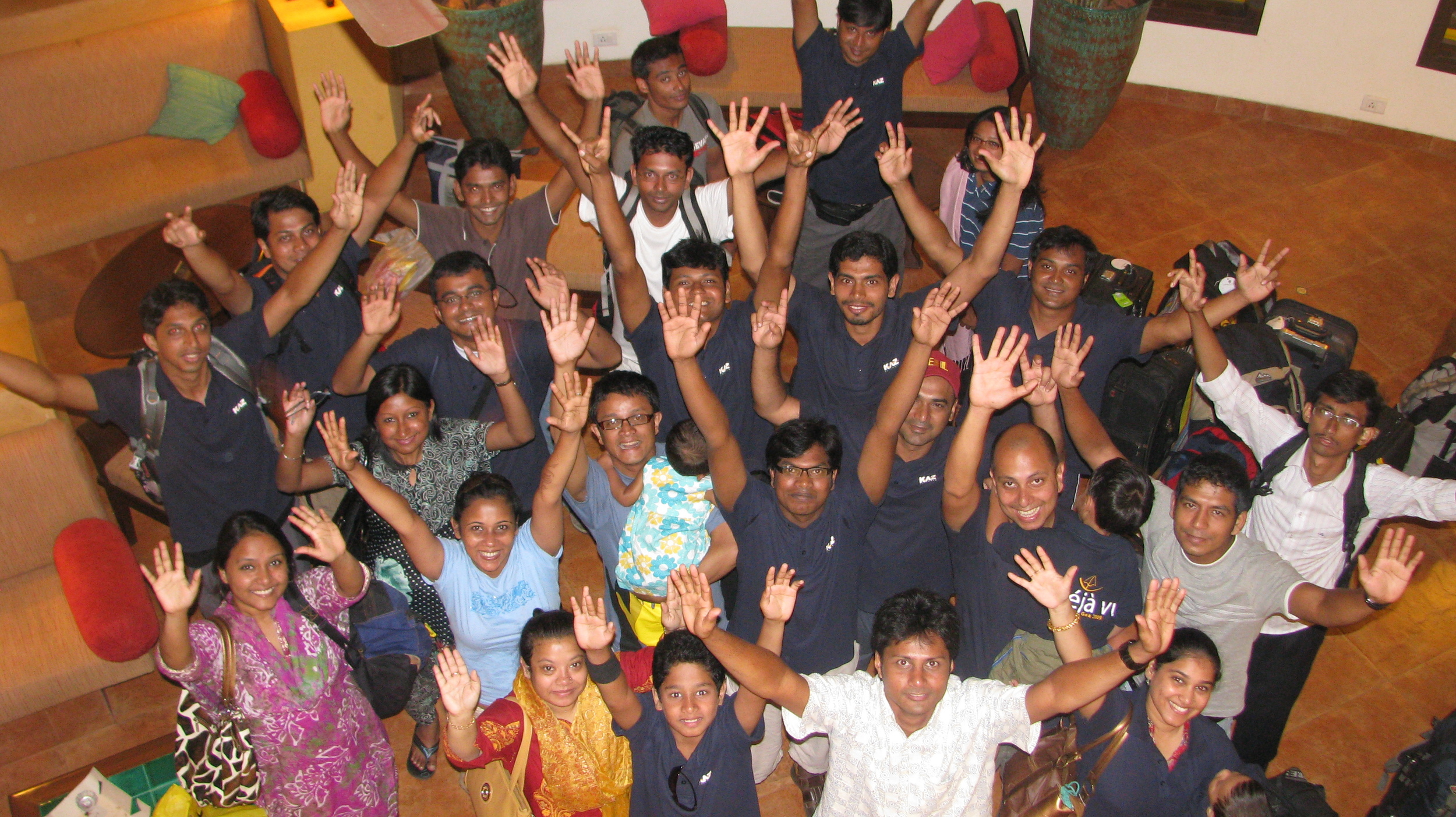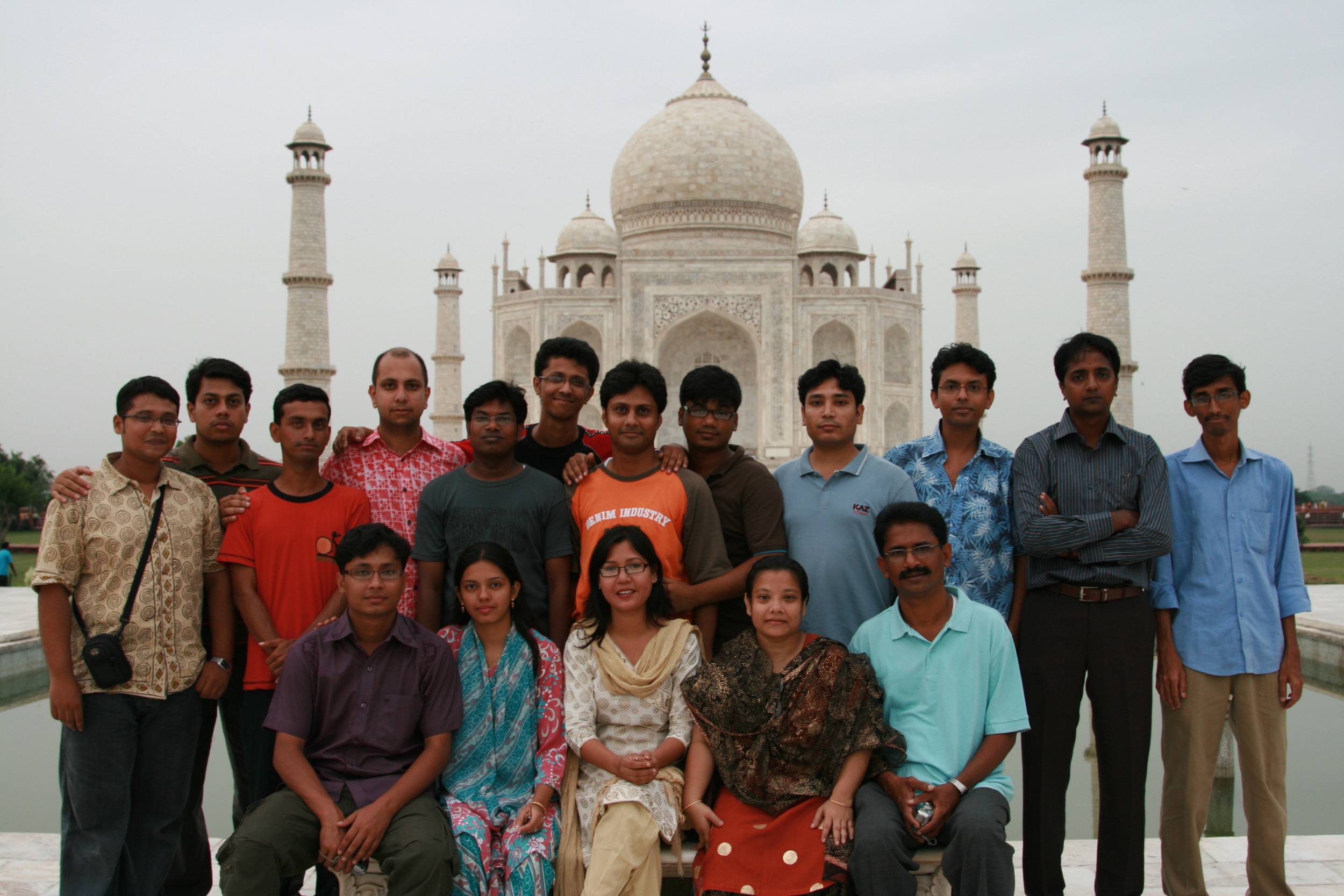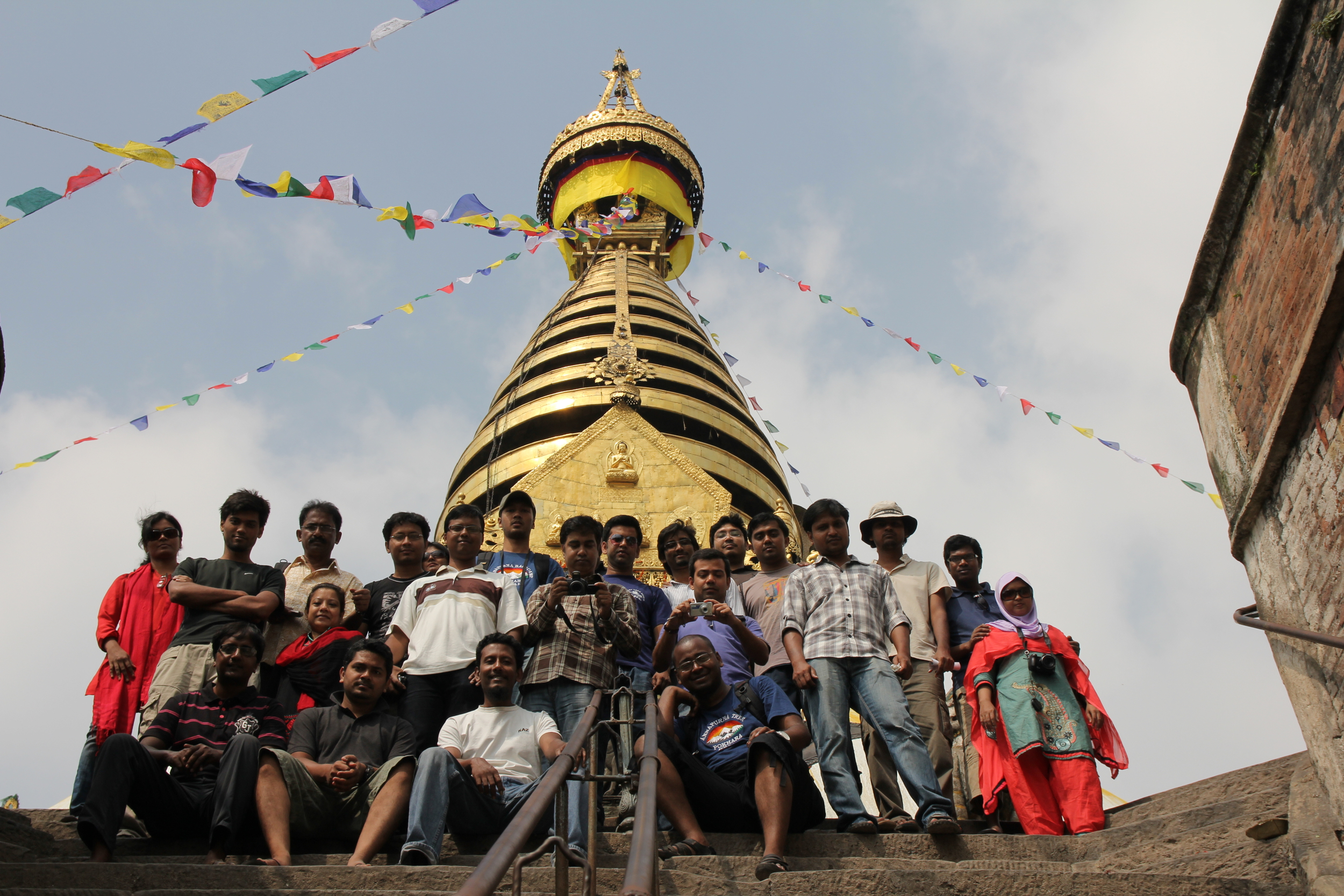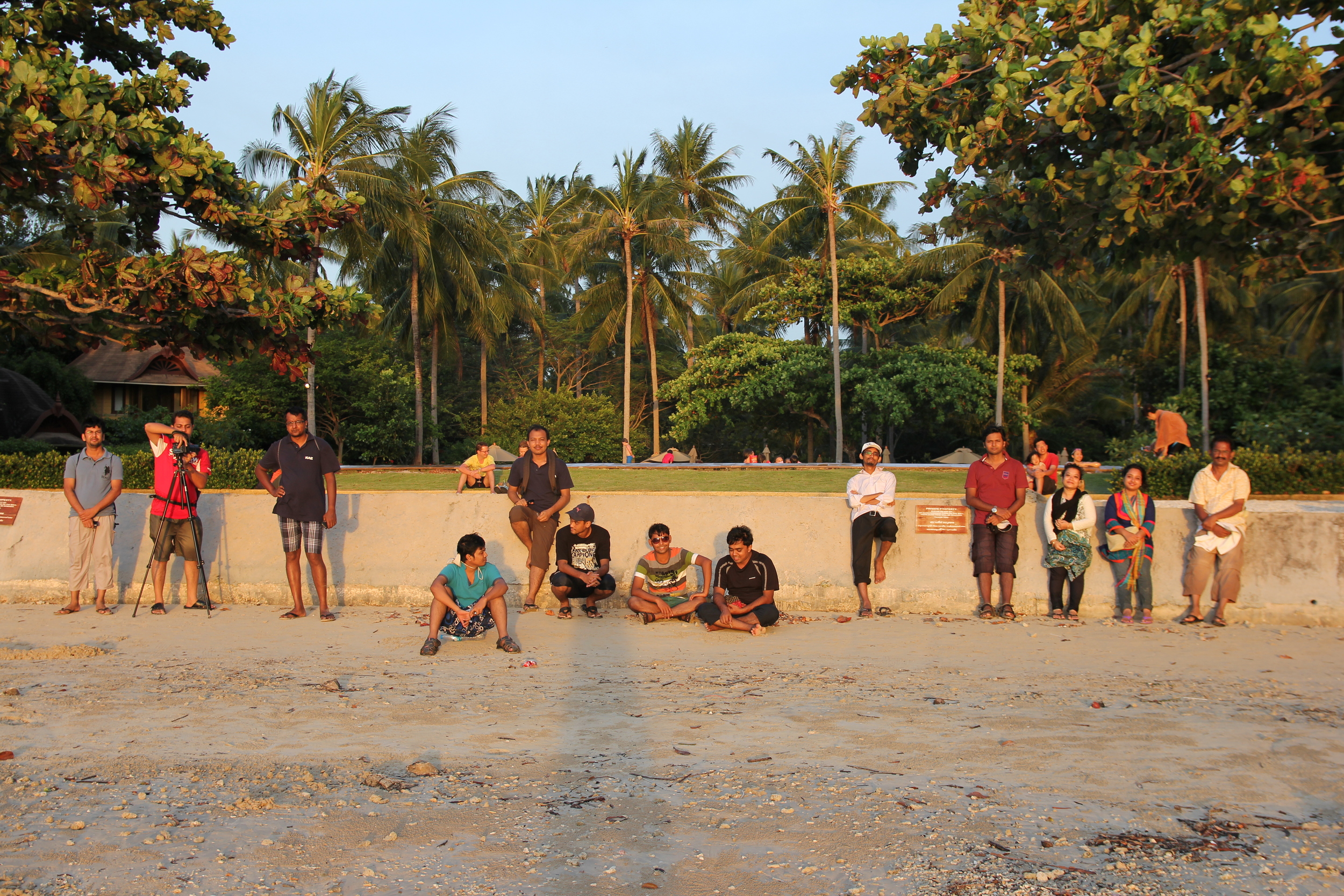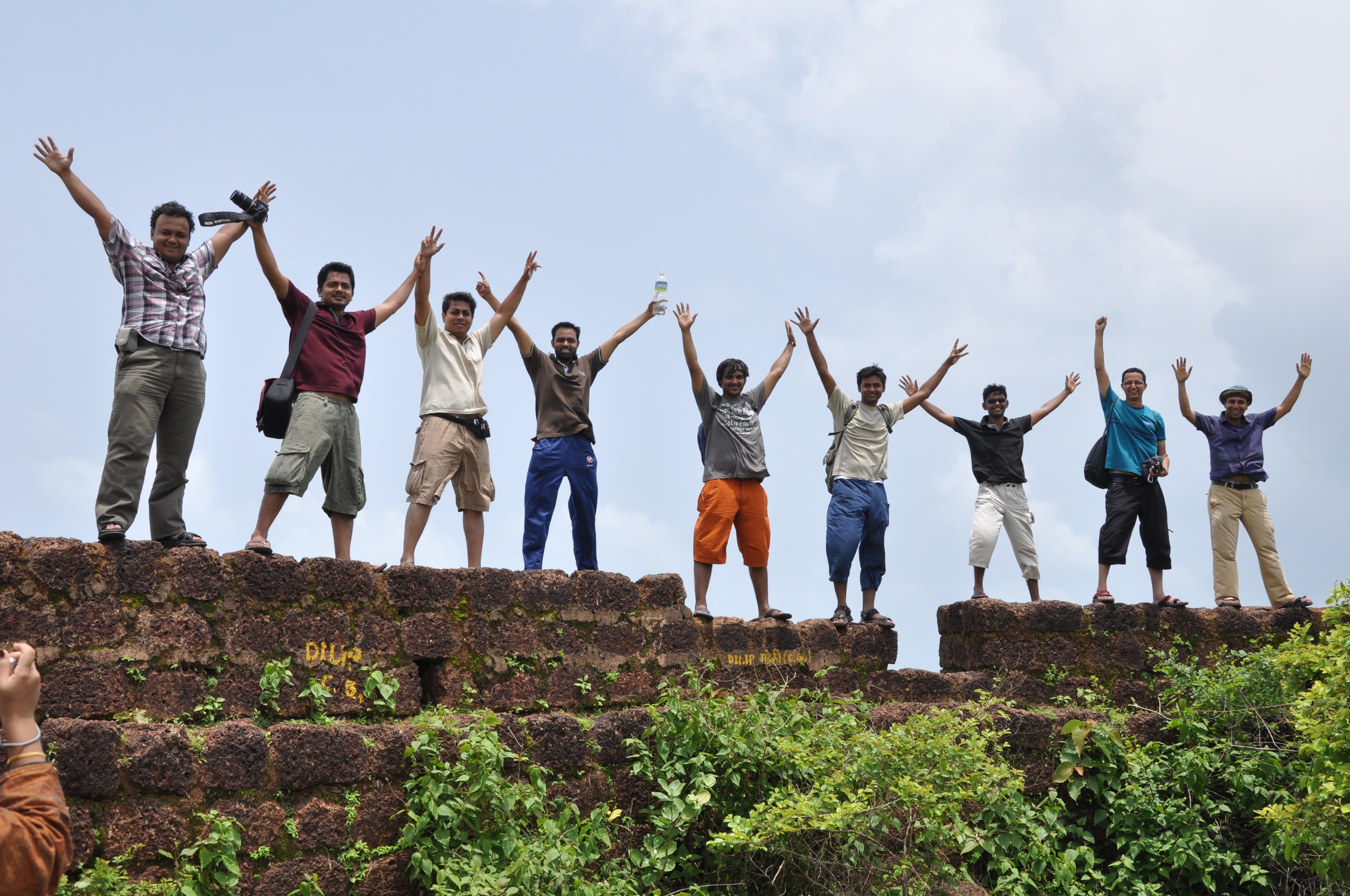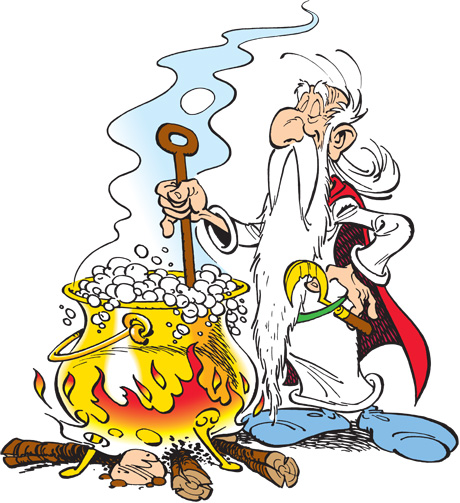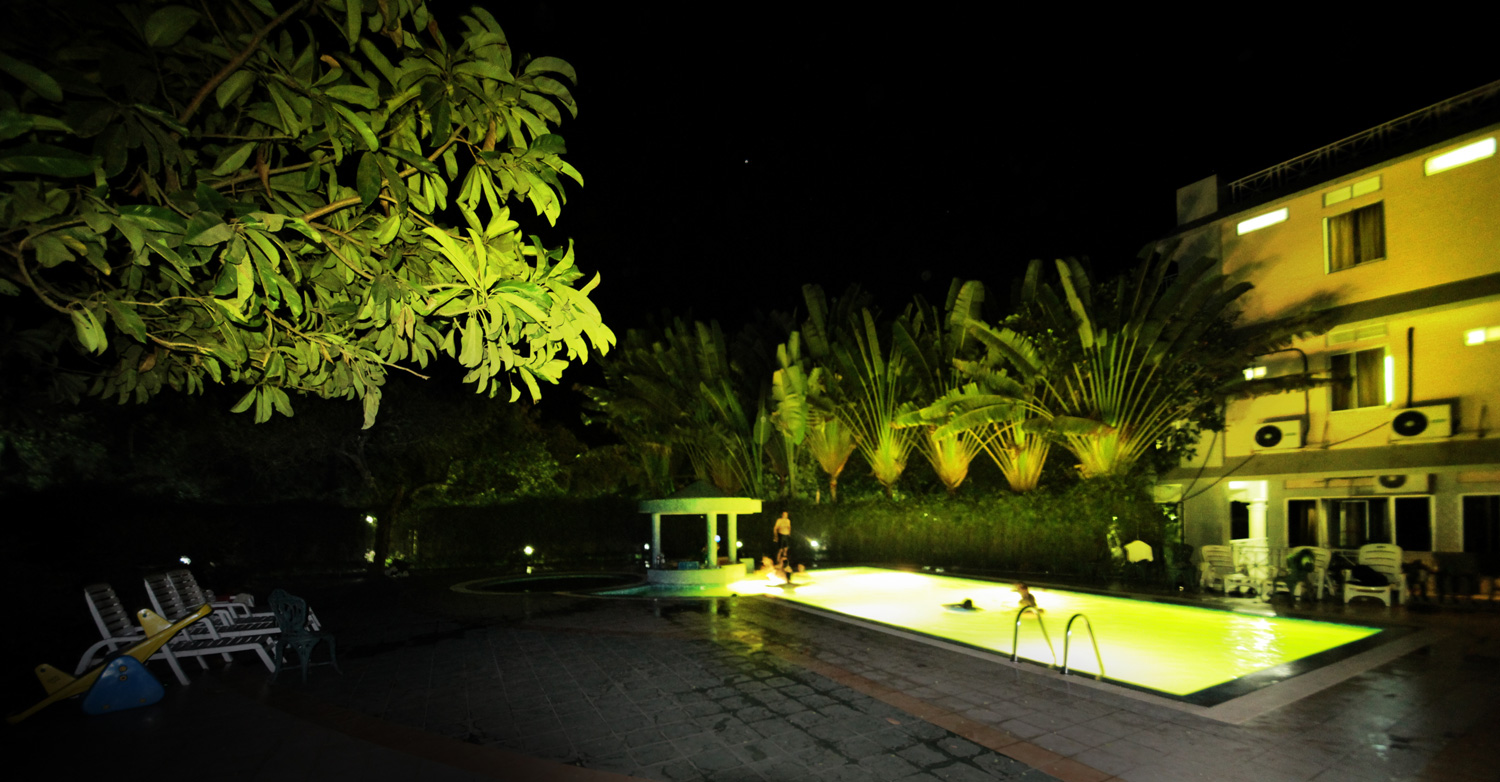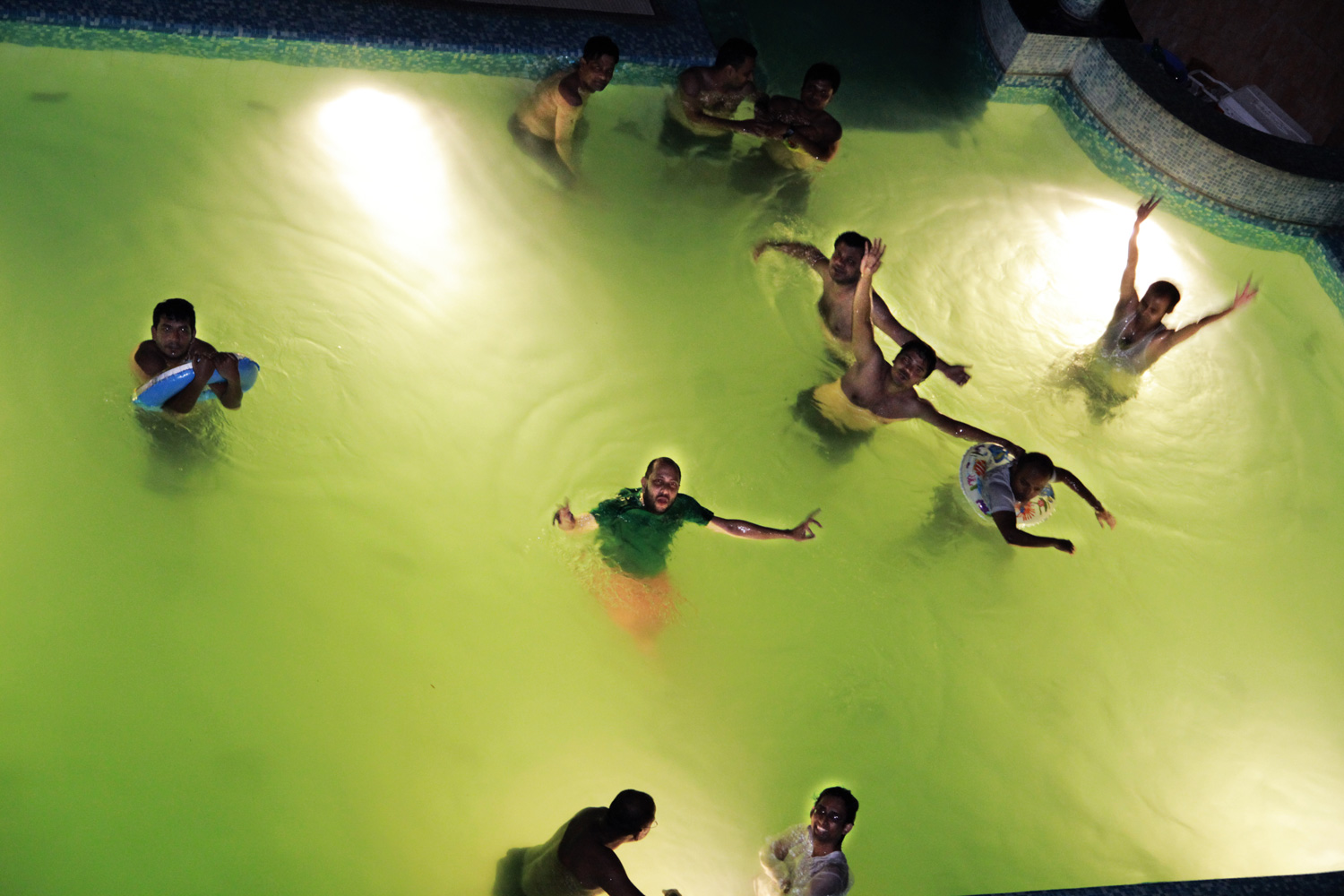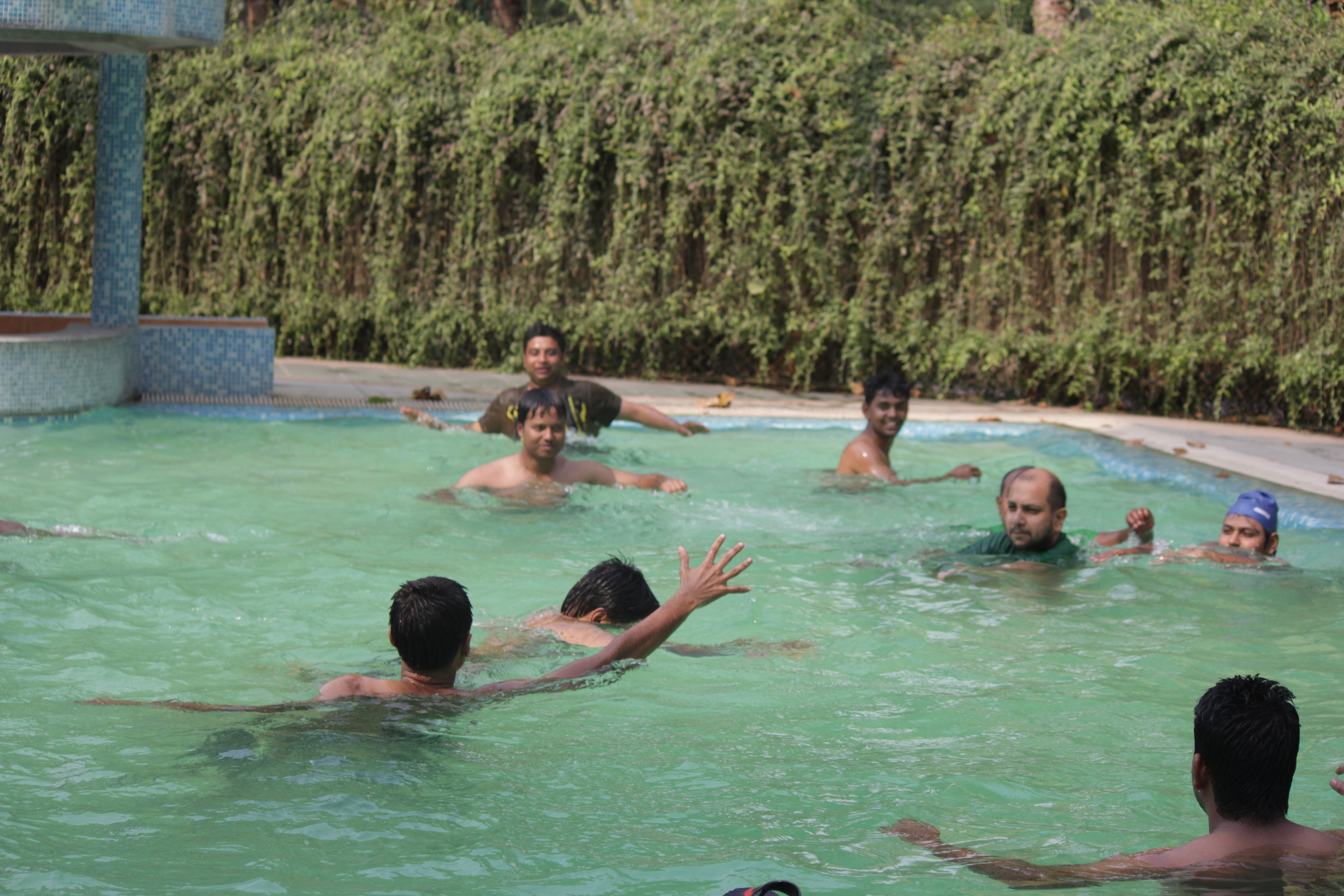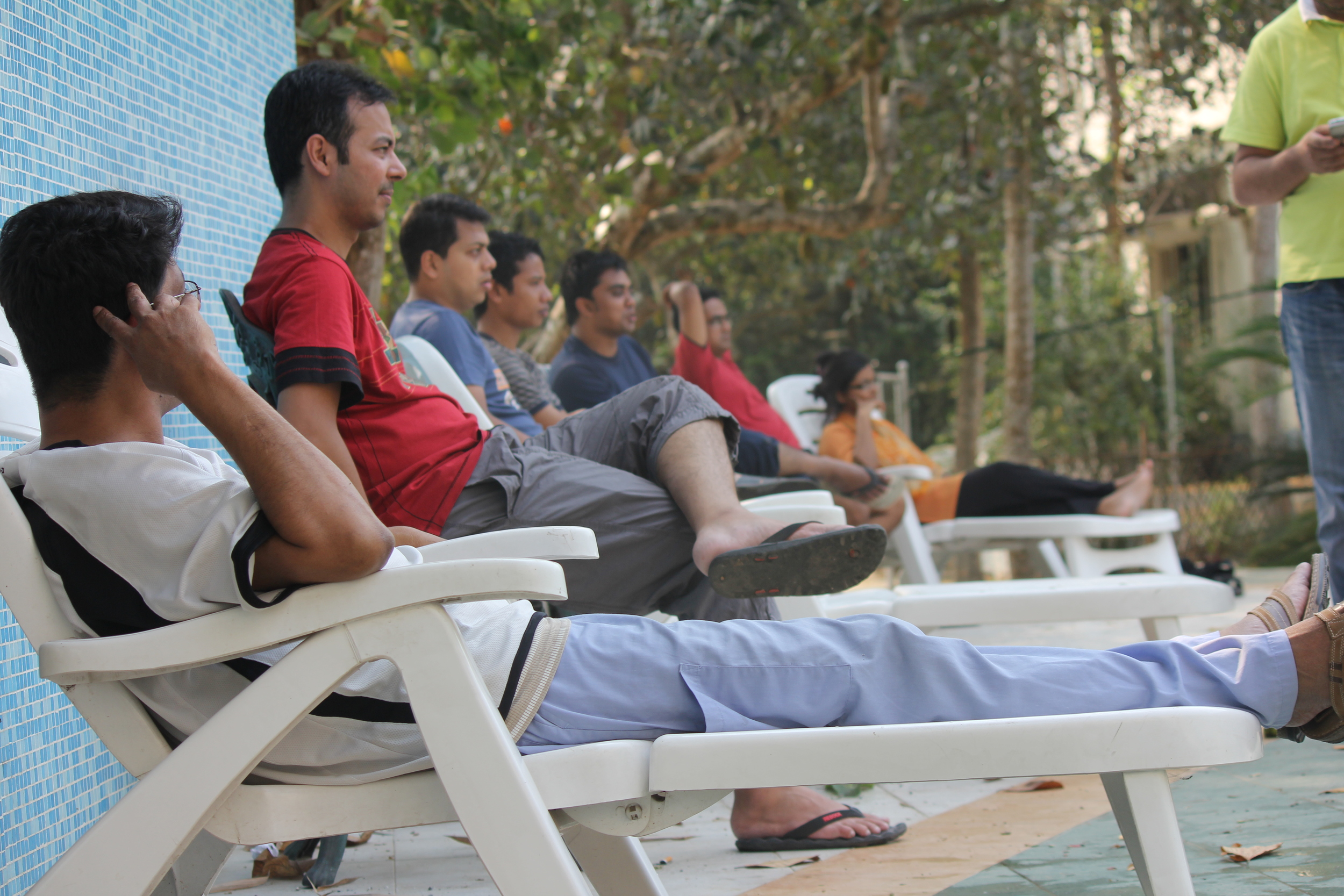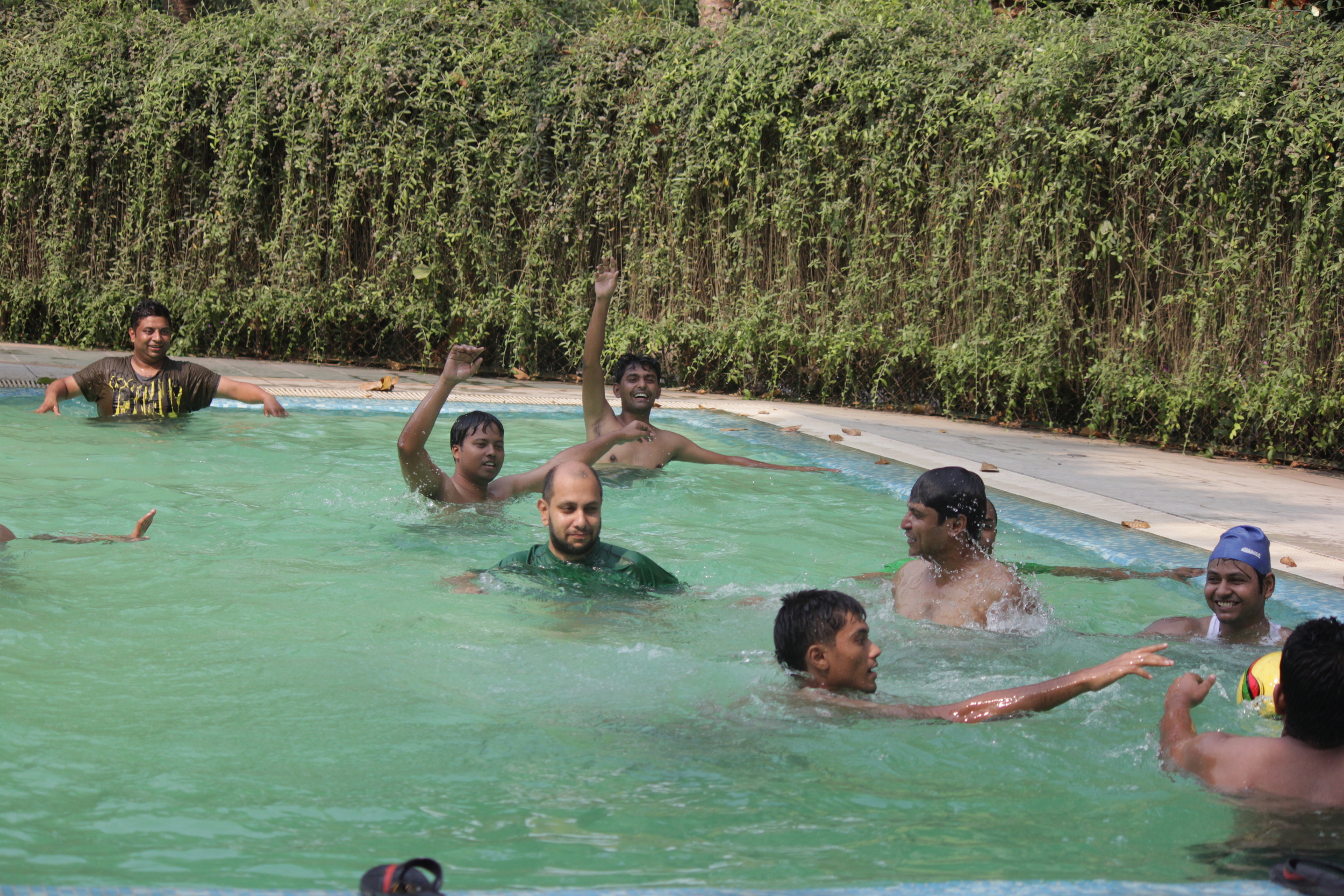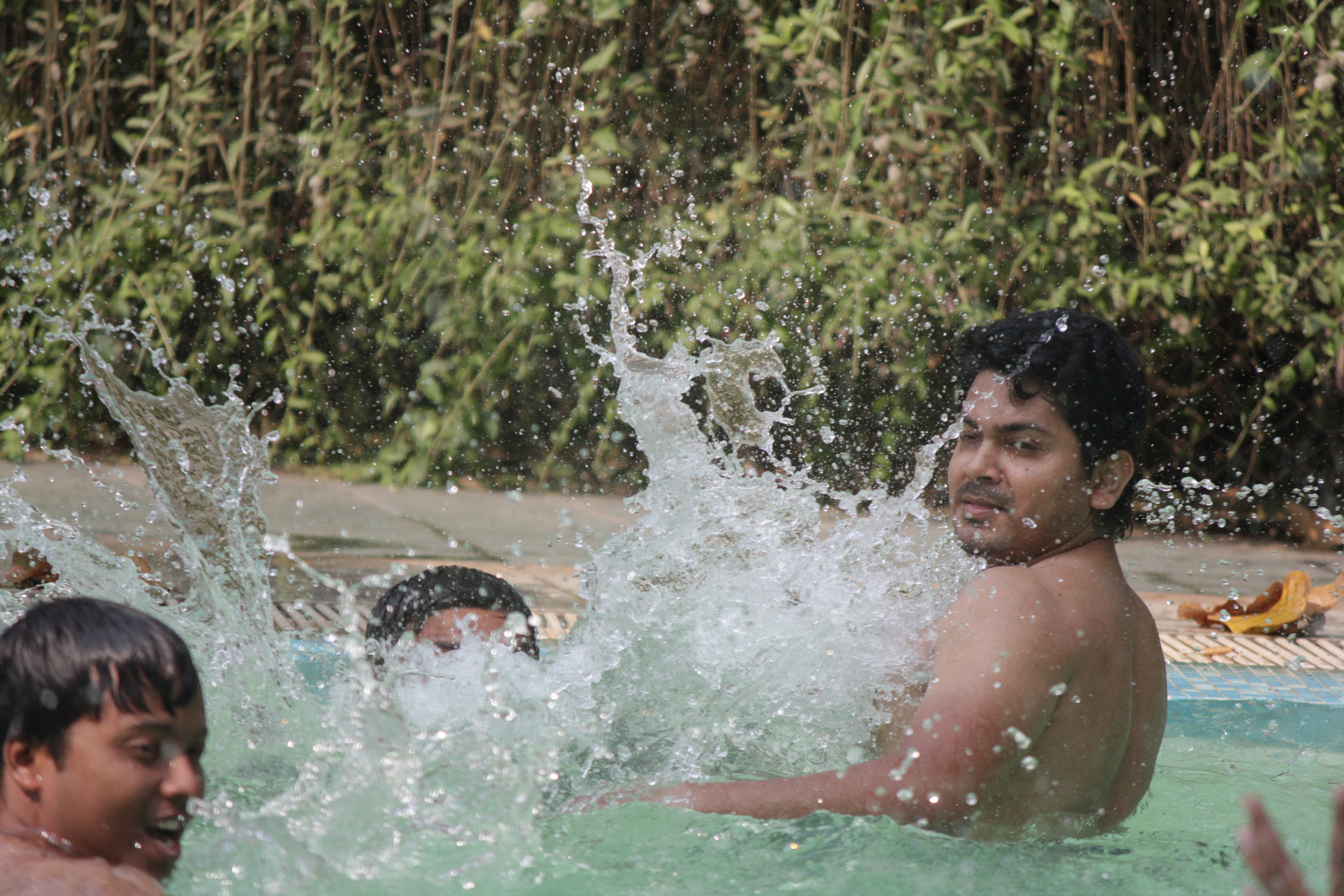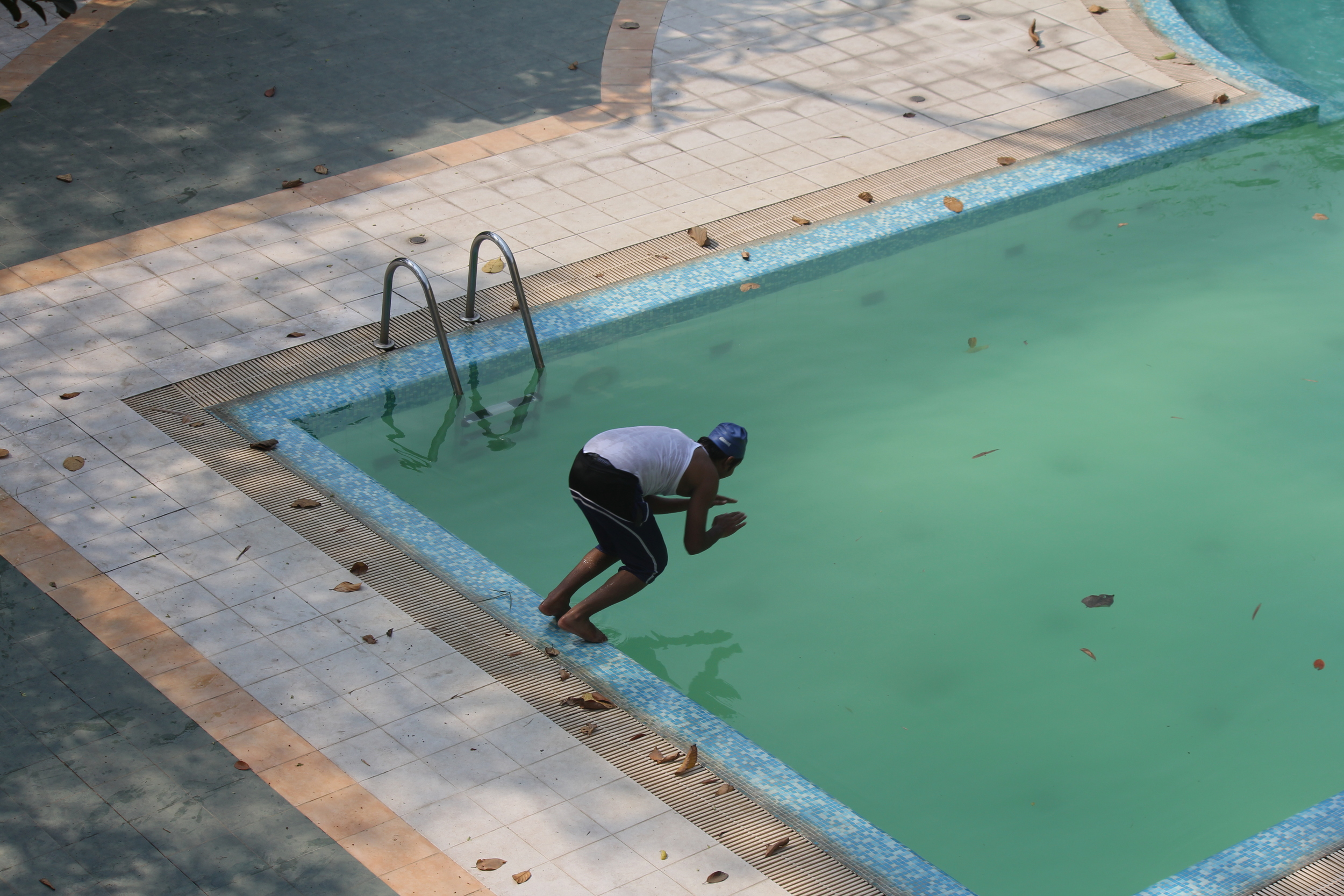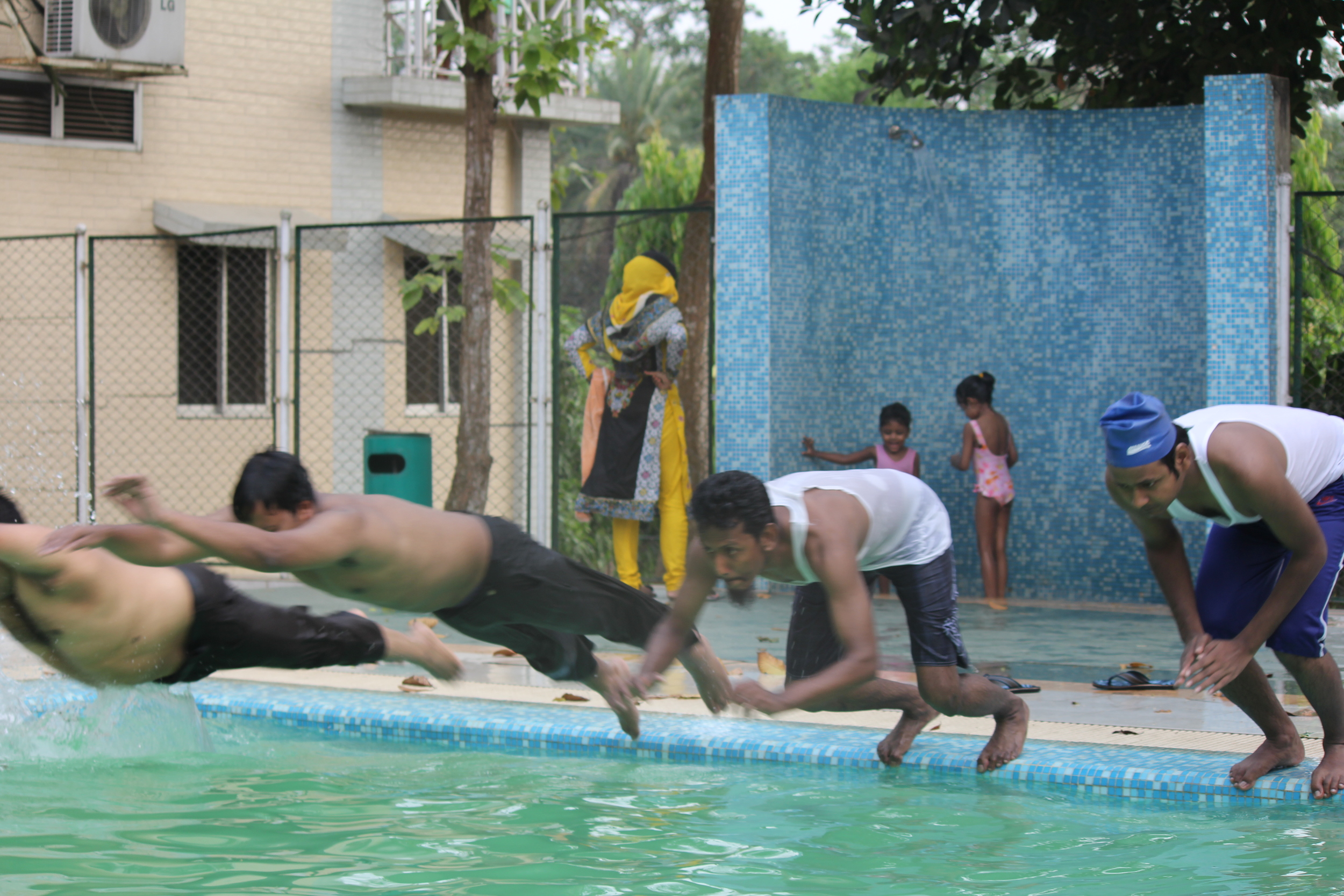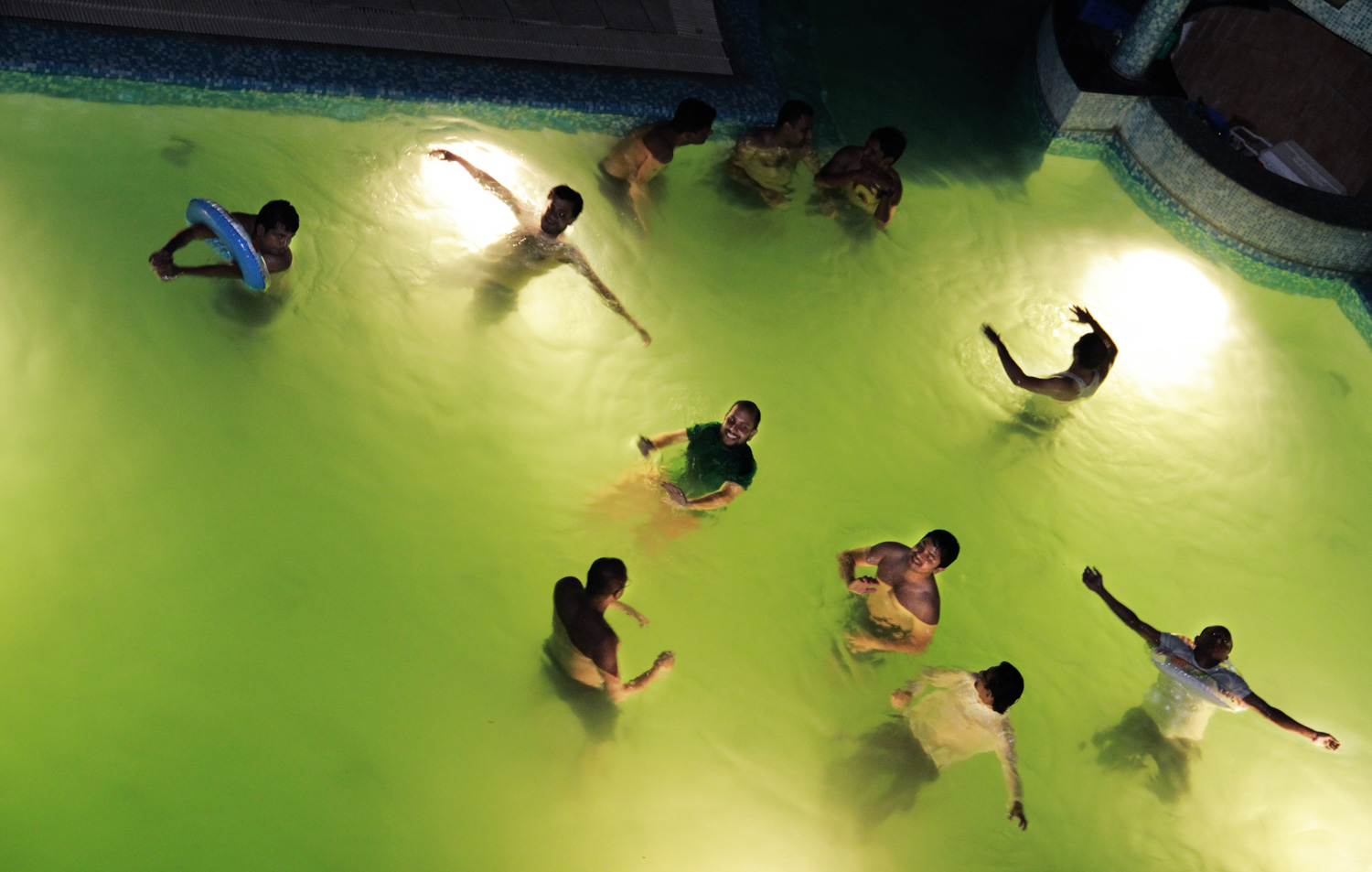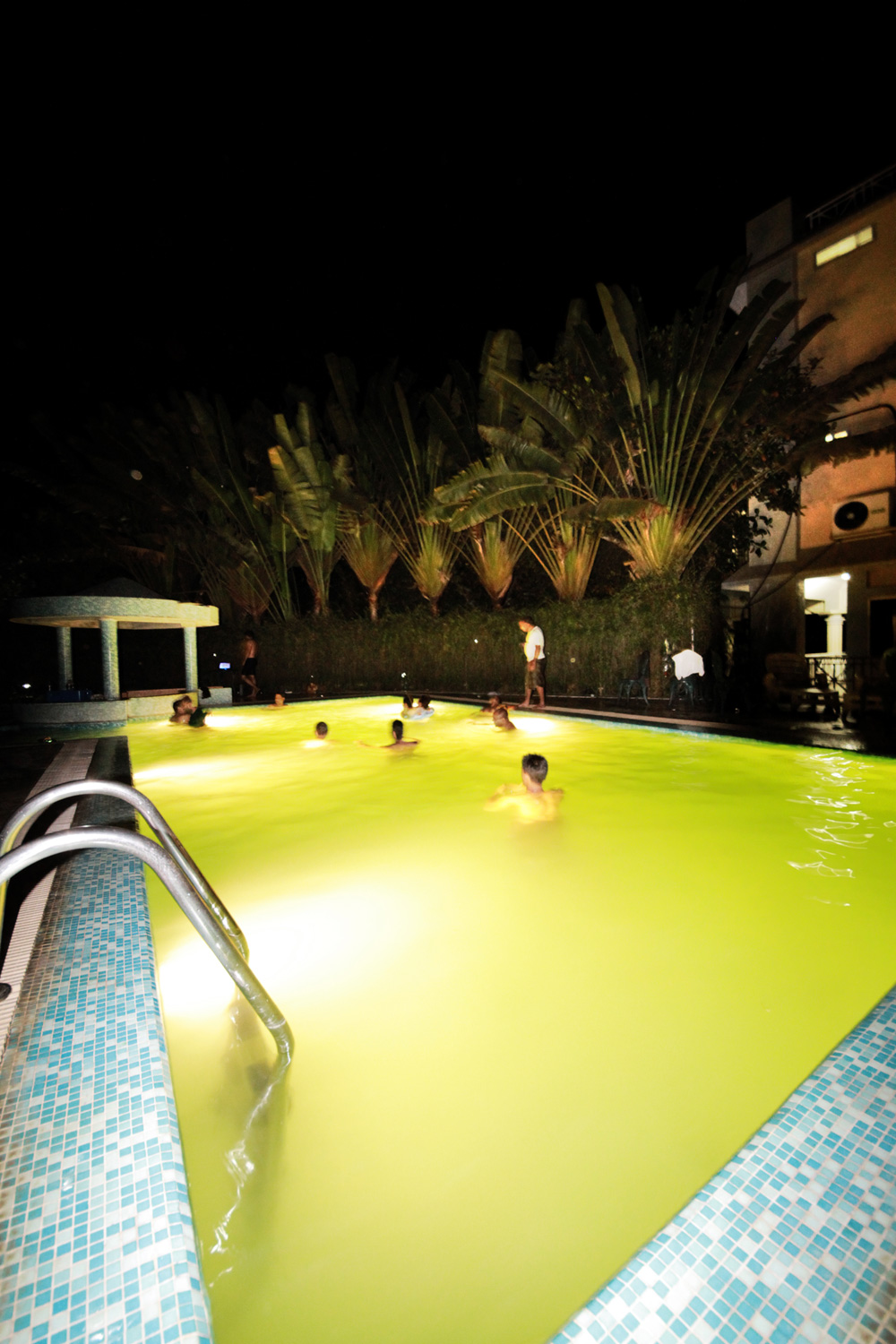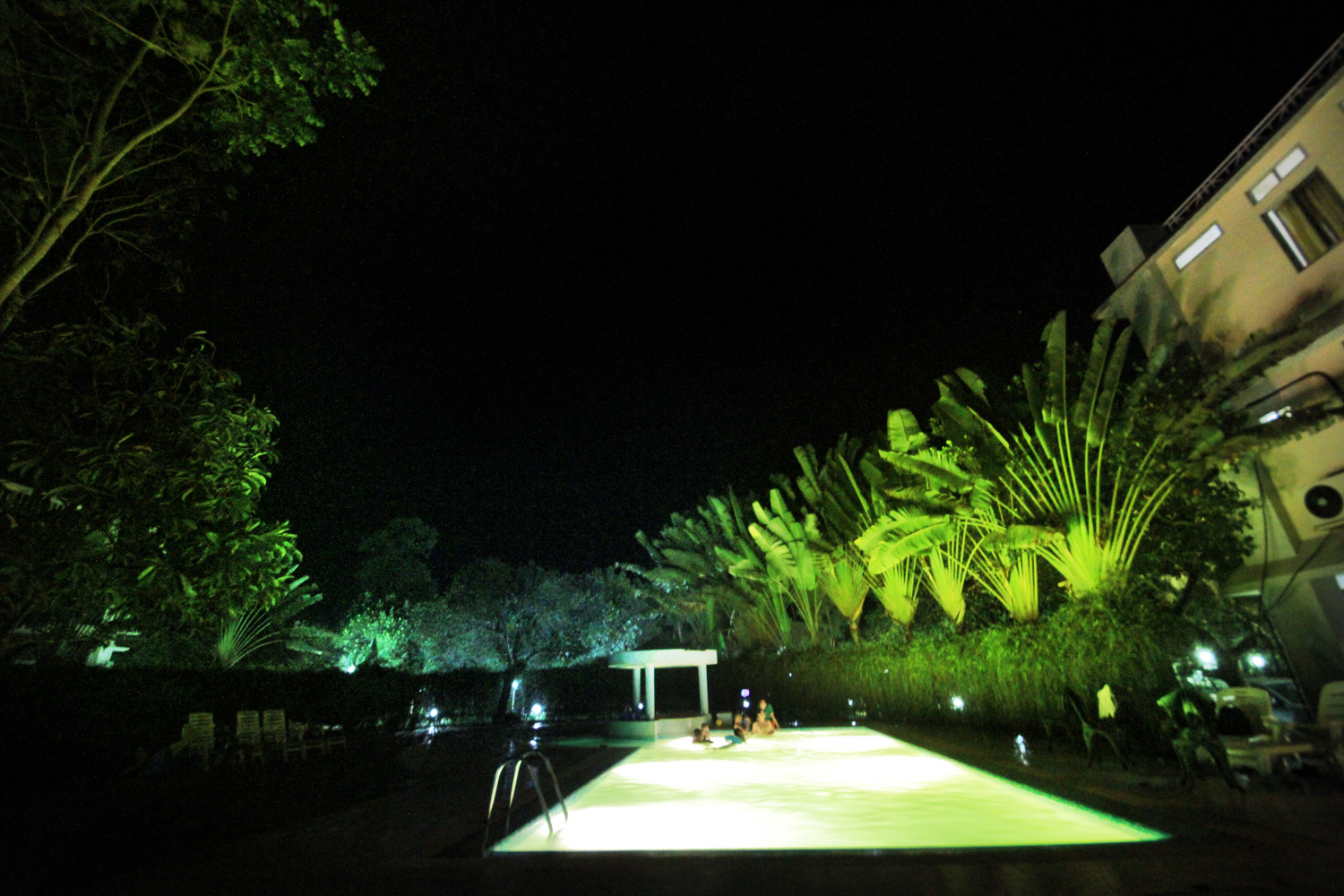Burn the cubicles - in the pursuit of happiness
/Kaz revolves around the word happiness. It’s around everything we do. We continually ask ourselves: “are we happy?”. We have a rule of thumb about failure that says: if one day we wake up and think of going to work as a pain then we will know that we have failed.
Many question our principle of happiness as the core business philosophy. Many are clearly baffled that this can be true. And many just laugh it away as a triviality – not believing it to be true. But if you think about it it’s the most obvious thing, it’s amazing that so many companies in the world miss something so basic. The pursuit of happiness is inherently a human endeavor. We spend most of our waking life at work, a significant number of modern human relationships are connected with work – given these facts isn’t it obvious that we need work to be based around happiness?
So what does the pursuit of happiness entail at workspace? There is no sure shot formula – you just have to go by your feelings. But if you were to ask us, what is one thing we must do as the first step in the pursuit for happiness – we would scream:
Say NO to cube farms
Cube farms are evil. They are inhuman. They were made by some alien droids that had no concept about being human and living a normal human life. If you want to achieve anything close to being not sad – burn those cubicles.
So if not cube farms then what? People have to work somewhere. Well we believe that the most natural space in our lives is our homes. So if we can mimic anything about our home at workplace that will bring happiness. So that is why we love our office that is not a purpose built open space for cubicle animals. We work in houses built in the 70’s that we have converted to offices ourselves. They are not inhuman multi-storied building but human two storied buildings (amazingly the two building we are based in are exactly the same architecture because they belong to the same family!). They have open space in front with large trees that have real fruits in the summer (an amazing thing by the way in the concrete mess of Dhaka). They retain old mosaic patterns that were very popular in Dhaka during the 70s and 80s.
Our seating is as asymmetrical as possible – almost chaotic. We try to give large tables that all look a bit different from each other. We sit with the wall at the back – so that it feels safe and we don’t feel watched. Our monitors are kept in a way so that the screen cannot be viewed by someone approaching us – so that we have our privacy. As un-cubicle like, as possible.
So once again, do everything you can to your workspace to stay away from the cube farms. Be happy!
// Shameless plug begins:
Get our expert help in your software projects today!
// End of shameless plug :)




